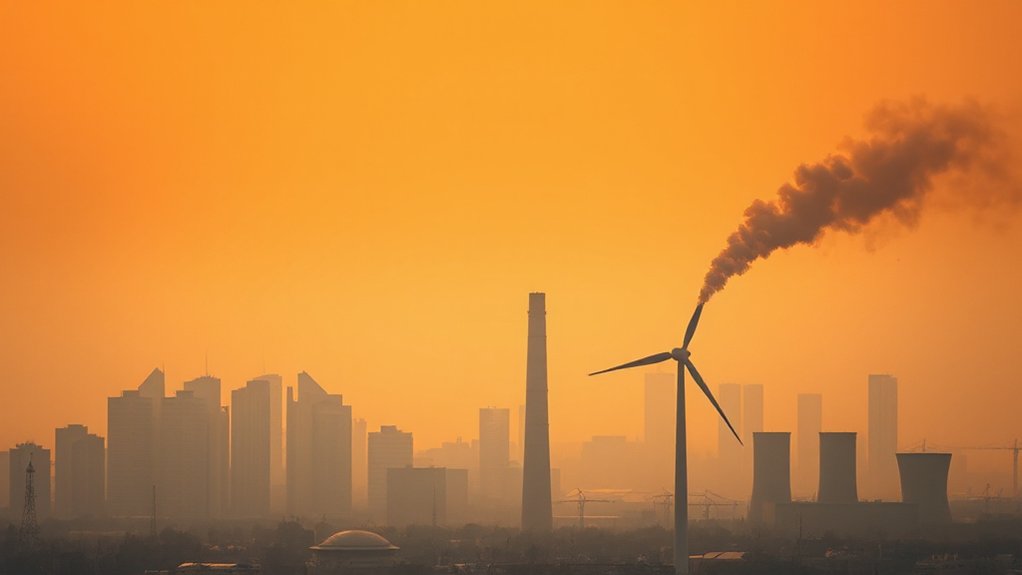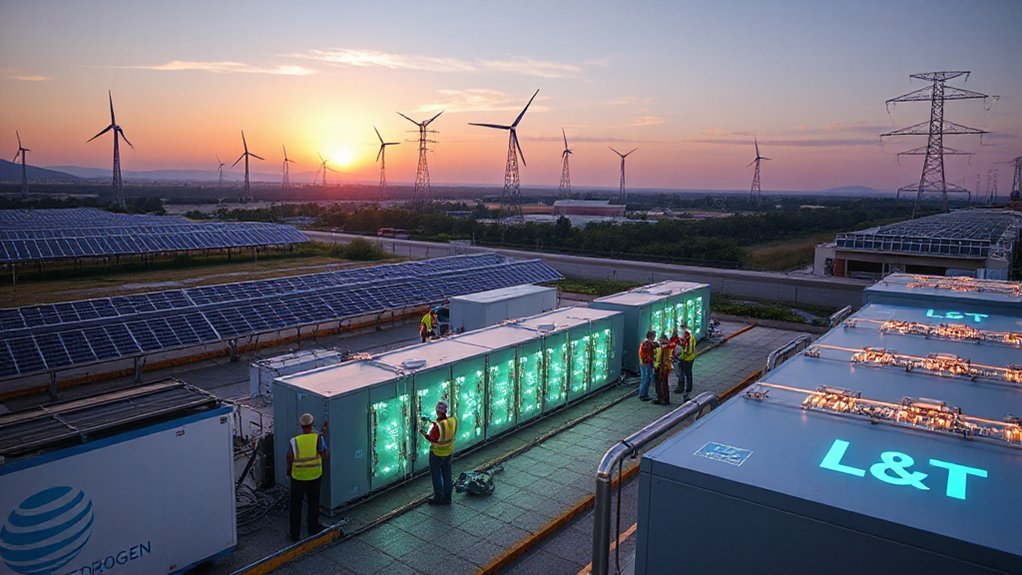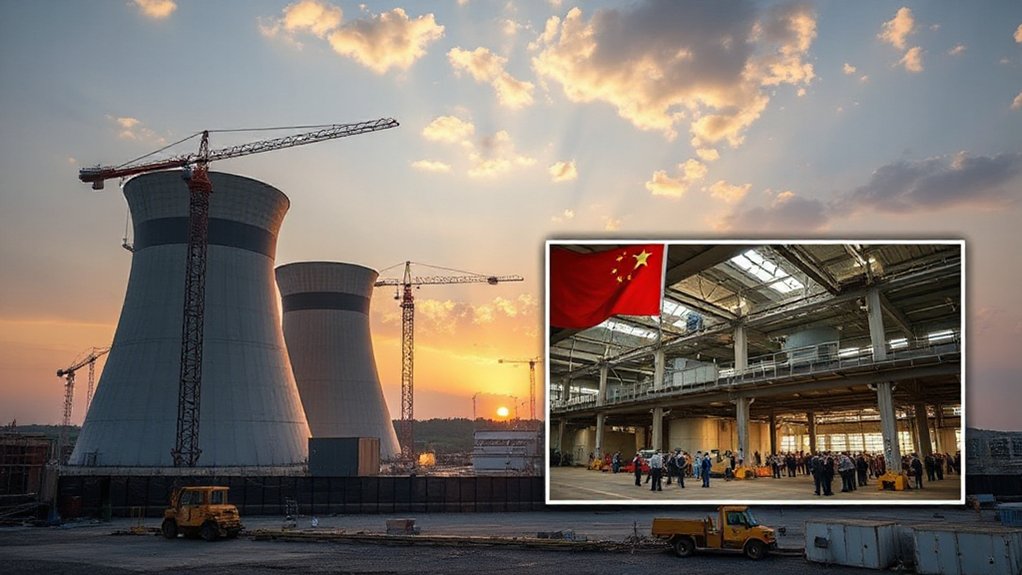While China touts its climate commitments on the global stage, the numbers tell a different story. The world’s largest carbon emitter has pledged to cut emissions by just 7-10% from peak levels by 2035. Experts say that’s nowhere near the 30% reduction needed to keep global warming under 1.5°C. Talk about aiming low.
China promises to peak emissions before 2030 and achieve carbon neutrality by 2060. Sounds impressive, right? Except there are barely any concrete near-term targets. Meanwhile, the country’s energy demand and fossil fuel consumption keep rising. Compare that to the US, which has already cut emissions by nearly 15% since peaking in 2007. China’s not exactly leading the pack here.
China talks big on climate while emissions grow. The US is already cutting. Actions speak louder than promises.
To be fair, China is making some genuine progress. It’s targeting a non-fossil fuel share of over 30% by 2035 and plans to expand wind and solar capacity to a massive 3,600 gigawatts. The country dominates global manufacturing of solar panels, batteries, and electric vehicles. Many experts believe that China has a history of under-promising and over-delivering on climate commitments. Clean tech is clearly part of China’s economic strategy. But is it enough to offset total energy growth? Not yet. This renewable-heavy approach mirrors the same reliability challenges that have caused grid instability and higher costs in states with aggressive green mandates.
The national Emission Trading Scheme launched in 2021 is expanding beyond the power sector to include steel and petrochemicals. By mid-2024, it covered over 40% of national CO₂ emissions. That’s actually not bad. The carbon market is becoming a key policy tool for reaching those 2030 and 2060 targets.
But here’s the real issue: China hasn’t fully decoupled economic growth from emissions. Despite all the renewable energy investment, fossil fuel extraction and consumption persist. The country is transitioning from energy consumption controls to a dual carbon emissions mechanism as outlined in recent policy documents. Heavy industry remains a problem child in the emissions family.
China is also betting big on forests as carbon sinks, planning to increase cover to over 24 billion cubic meters. Nice idea. But trees can’t solve everything when coal plants keep pumping out CO₂.
The bottom line? China’s climate ambitions sound good in speeches but fall short where it matters most—actual emissions reductions.
References
- https://phys.org/news/2025-09-china-unveils-climate-goals.html
- https://www.china-briefing.com/news/tracking-chinas-carbon-targets-how-far-has-it-come-in-2025/
- https://www.europeanguanxi.com/post/china-s-green-transition-milestones-reached-in-2024-and-objectives-for-2025
- https://climateactiontracker.org/countries/china/policies-action/
- https://unfccc.int/sites/default/files/NDC/2022-06/China’s Achievements
- https://climateactiontracker.org/countries/china/targets/
- https://climateactiontracker.org/countries/china/
- https://www.euronews.com/green/2025/09/25/china-announces-landmark-pledge-to-cut-carbon-emissions-but-experts-say-it-is-too-timid
- https://ccpi.org/country/chn/
- https://www.china-briefing.com/news/china-energy-conservation-and-co2-reduction-plan-compliance-considerations-for-businesses/






